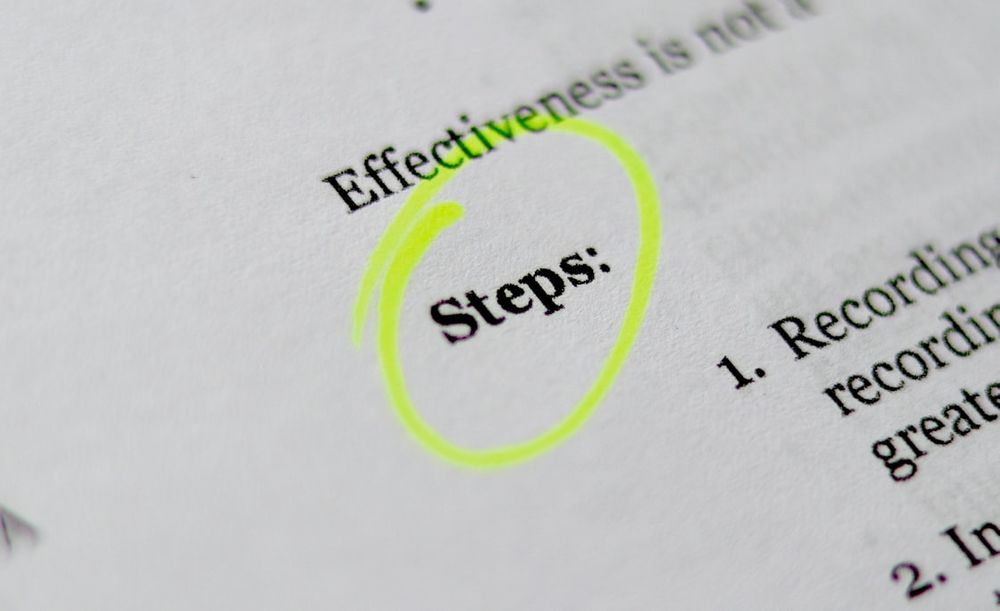How to Get a Paper Published in an Academic Journal in 9 Steps | Beginner's Guide
Updated February 4, 2022
Publishing in a journal can sometimes be challenging or even discouraging. Often, beginners struggle to get published in a good journal even if their work is of good quality because it lacks the finesse and attention to detail that a more experienced researcher’s work has.
Even though you may initially face a few rejections, if you make the necessary changes (suggested by reviewers) and keep improving the manuscript each time, it’s almost guaranteed you’ll get published in a good journal soon.
This article will show you some beginner tips and tricks on how to get a journal article published step by step:
1. Ask a librarian for advice
Librarians are probably the ones that know most about the kind of articles that get published, and the kind of journals institutions are willing to pay for - after all, they spend their whole time lending and arranging them. They can offer you insights on what topic to choose for your research (and whether it’s too broad or too narrow) and help you select the best library resource to find sources (books, ebooks, videos, online videos, articles), find the best words and phrases to type in, and evaluate and cite the sources you find.
2. Publish with a supervisor
One way to get a head start is to publish your first few articles with a supervisor as co-author. Since they are more likely to have a substantial number of publications and a known name in the field, it will make it easier for you to get published in a renowned journal.
If that’s not possible, persevere! The process might be demotivating, but trying over and over again, and using tools such as online publishing platforms will put you on a sure path to having published research papers.
3. Find a good title
You might think that coming up with a title for your article is easy, but sometimes, this is the hardest part. That’s because, unfortunately, many readers decide from the title if they even want to read the article or not, so this aspect is of the utmost importance. A good title should be concise without sacrificing any relevant elements and should capture the readers’ attention by being brief, simple, and attractive.
A title longer than 10-12 words will seem unfocused, so make sure also to use appropriate descriptive words, active verbs and avoid unnecessary phrases. You don’t want to take readers’ attention away from an important point.
4. Have a good research question
It would be best if you focused on the quality of your work. Explore the gaps in the existing literature and find a unique research question. Choosing a topic that will advance knowledge is important.
A well-defined research question makes a good initial impression on peer reviewers and journal editors. Additionally, a clearly defined research question increases chances of publication because it gives researchers better clarity on developing the study protocol, designing the study, and analyzing the data.
Pro tip - if you develop a habit of regularly reading scientific literature, this will give you an idea of the existing problems in your field of interest. You can then choose one of these problems to expand upon and find a research question in this way.
5. Plan a literature search
After landing on a research question, you need to plan an extensive literature search. You can use books, journal articles, government reports, online databases, etc., in your research, and you will also need to note important citations that you come across. Make sure to keep a written record of your searches, as this will come in handy when writing the final version of your manuscript.
6. Plan a good structure and stick to it
To ensure that your manuscript conveys your ideas effectively, you have to make sure that you have a good structure. An original research article typically follows an IMRaD format. This includes:
- Introduction - clearly explain what you are studying and why. The context of the study is just as important as readers need to understand what they’re reading.
- Materials and methods - include what you did and how you went about gathering and conducting your research. Usually, if you conduct your research well, other researchers can reproduce the results you achieved by following the methods you have detailed in your manuscript.
- Results and discussion - detail if you were able to solve the problem you outlined in the introduction. It’s crucial to include complete details and data in this section. The discussion section covers the implications and meaning of your findings to understand the impact of your research.
- Conclusion - state the immediate results of your study while highlighting the problem you started with and what you learned throughout your research.
7. Format the article
Once you have your manuscript ready, it’s time for the formatting. You can follow more standard formatting based on a widely used style guide in your field. However, some journals follow a particular type of formatting style, so you may have to reformat your article before resubmission to a different publication.
Following the more general guidelines will make it easier for you to reformat articles, if necessary.
8. Select a journal
Once your manuscript is ready for publishing, it’s time to select a suitable journal. This step is important because this is the time when you can receive peer reviews, so make sure that once you have these reviews or comments, you incorporate as many as possible. This will help you improve your manuscript and get it published eventually, even if it’s initially rejected.
To select a suitable journal, a great place to start looking is your reference list. Many online journal selection tools, such as Journal Suggester, can also help you narrow down choices. Additionally, you may send submission inquiries to three or four journals simultaneously, then submit your article to the journal that shows the most interest.
To help you choose a suitable journal to publish your research, read about how to validate the right journal.
9. Openly communicate with editors
Submission of an article involves communication with an editor. Editors:
- select things such as content,
- manage peer review for accuracy of submissions,
- oversee the editorial college,
- ensure the integrity of the scientific record.
Knowing the roles and responsibilities of editors is important because queries, questions, and responses to critiques can come up while documents are being completed. Often, questions arise in the course of reviewing a manuscript, so editors query authors to obtain additional information. These queries need to be addressed straightforwardly to resolve potential issues.
Conclusion
These are the most important steps you should follow to publish your work. Take into account who the reader is, find a good title and research question, be aware of how you write and go on from there. The publishing industry is as complex as it is anxiety-inducing. You can have the perfect paper yet struggle with your options and the submission system can be a mess. That’s why we made Orvium.
At Orvium, we enable researchers to simplify the process of publishing their articles. We help manage the entire process, from submission to review to finally publishing your paper. Among the features to improve your manuscript, we offer open collaboration, a choice of what kind of peer review you want, and full traceability of your paper.
Get started with peer reviews from experts in your field, and get your paper published with us faster. Also, make sure to check out our website and blog to read more about our collaborations and contributions, as well as relevant new topics in the scientific world.




